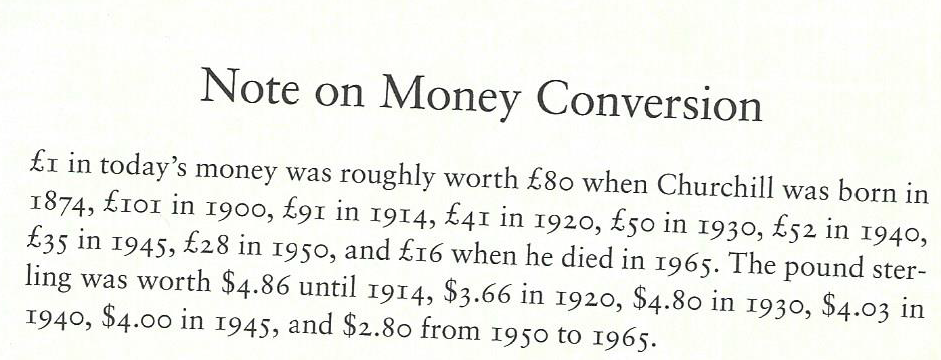QUESTION: According to the information I have skilled watchmakers at Waltham in 1857 earned about $1.50 per day, about $450 per year, at the Waltham watch factory. (I base this on a 6 day week with about 10 holidays making about 300 work days.) Measuring Worth gives: real wage or real wealth value of that income or wealth is $13,000.00 relative labor earnings of that commodity are $89,300.00 (using the unskilled wage) or $211,000.00 (using production worker compensation) relative income value of that income or wealth is $189,000.00, relative output value of that income or wealth is $2,100,000.00. Production worker compensation is the obvious comparison, but I think it is far too high. For example:https://tradingeconomics.com/united-states/wages-high-skilled gives $54,240. https://www.statista.com/statistics/243814/total-compensation-per-employee-in-the-us-by-industry/ gives $86,642 for manufacturing. Have you any suggestion, comments to clarify this problem?
ANSWER: I can understand you desire to put things in the perspective of an annual wage, but by doing this you are introducing precision that is not there and making the process too complicated.
You have three pieces of information. The workers earned $1.50 a day, from the MeasuringWorth website that the hourly wage for production workers in 1857 was 7¢ an hour and in 2017, for $32.39 an hour. The missing link is the number of hours a day the watchmakers were working. I would guess ten as they were highly skilled. If that is true the that is 15¢ an hour or more that is double the 7¢ average. If they work 11 hours a day, the it would be 13.6¢, still roughly twice the average.
Clearly watchmakers were very skilled workers and earned a premium. So you should conclude that in today’s dollars their relative wage was about $64.80 an hour. If you want you can use the to give a weekly or annual wage, but now you are making more assumptions that are not necessary if your goal is to show how well they are paid. Most everyone can identify with what an hourly wage of that amount would mean.

